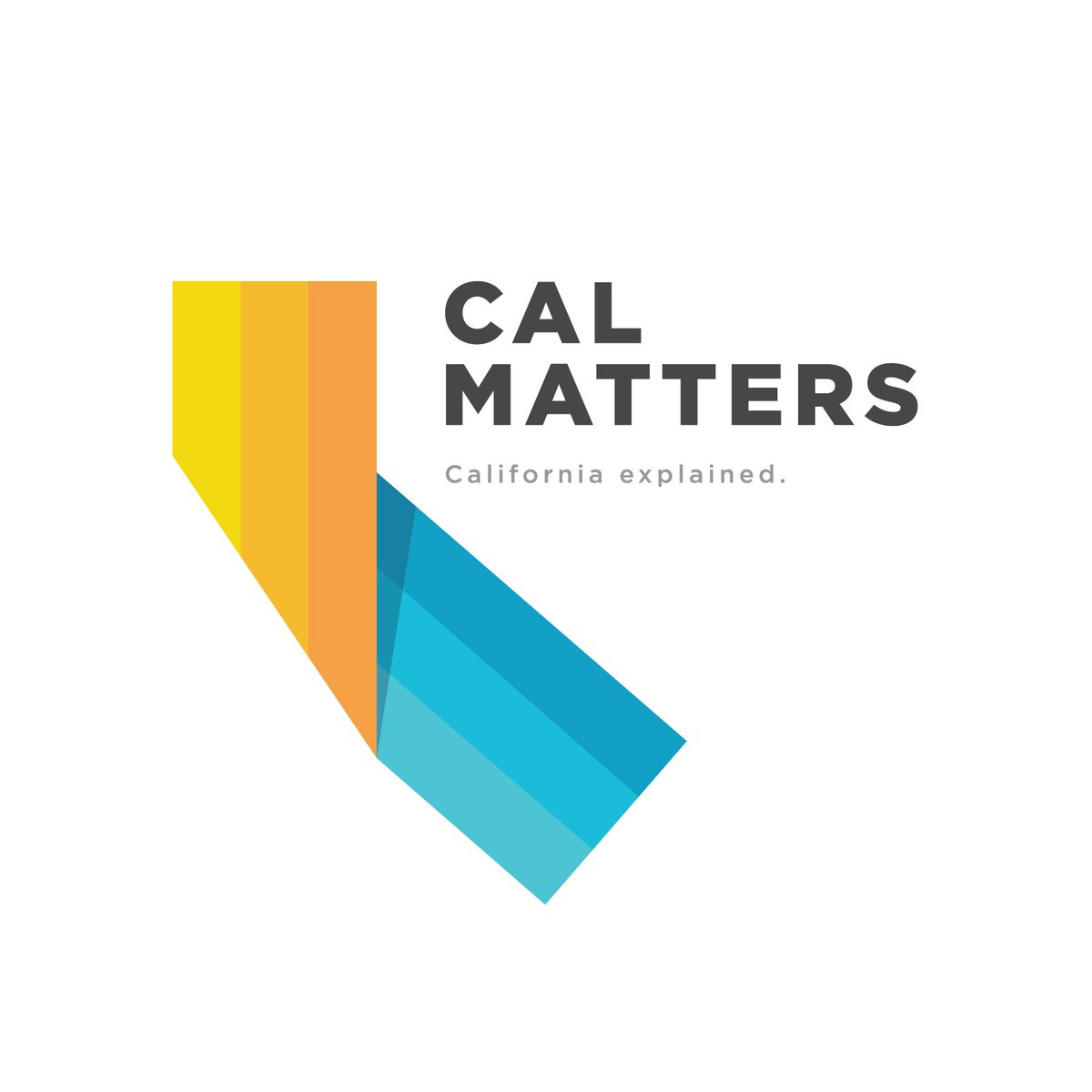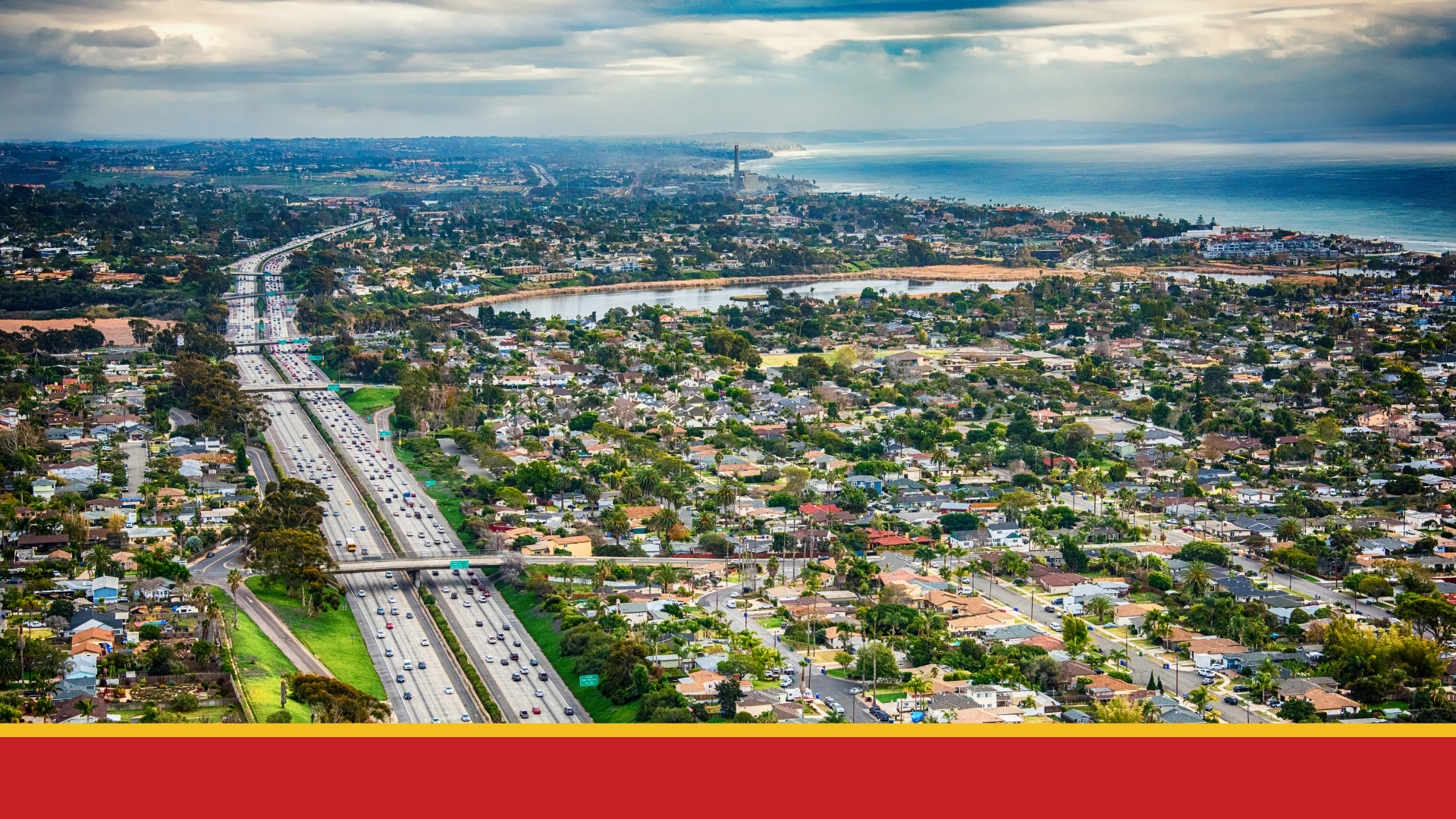 A new select committee in the California Legislature will explore ways the state can reconnect neighborhoods that decades ago were torn apart by interstates and highways.
A new select committee in the California Legislature will explore ways the state can reconnect neighborhoods that decades ago were torn apart by interstates and highways.
During the nation’s interstate highway construction boom in the 1950s and ’60s, numerous urban neighborhoods were sliced through, often isolating residential areas largely populated by minorities and low-income residents from surrounding communities — and from economic opportunity.
More than 1 million people lost their homes, researchers have estimated. Federal transportation officials noted that in the first 20 years after the 1957 Federal Highway Aid Act launched nationwide highway construction, more than 475,000 households were displaced.
Now local and state governments across the nation are exploring ways to undo some of that harm by finding ways to re-link some of those neighborhoods. On Thursday, California’s Assembly Speaker Anthony Rendon appointed Assemblymember David Alvarez, a Democrat from San Diego, to chair a new Select Committee on Reconnecting Communities.
“Many communities, like Logan Heights and Sherman Heights, were devastated by the superhighway system,” Alvarez said in an interview, referring to San Diego neighborhoods. “I intend to focus the committee’s work on reconnecting neighbors and creating new opportunities, like park space and affordable housing.”
Roadways vs neighborhoods
While the superhighway system connected cities and metro areas across the nation, allowing drivers and shippers to more efficiently traverse the country, communities of color and other under-resourced neighborhoods experienced fewer of the benefits from that system — such as interstate exits and transit hubs — while suffering the greatest harm, including isolation from job centers, more air pollution and the devastation of local business areas, experts say.
Gustavo Dallarda, Caltrans district director for San Diego and Imperial counties, said the state transportation agency is seeking new ways to make transportation part of the community “rather than something that runs through it.”
“Caltrans is evolving from prioritizing transportation efficiency to a people-first organization,” he said in an interview. “We have a heightened awareness of the impact our infrastructure has had on communities throughout the state … including those in underserved neighborhoods.”
Federal money is on its way. U.S. Sen. Alex Padilla on Tuesday announced California will receive nearly $36 million from a pilot program aimed at reconnecting communities on a national level.
The federal program will fund planning, design, demolition, and reconstruction of street grids, parks and other infrastructure to reconnect communities divided by transportation infrastructure.
Removing barriers
Projects already slated for federal funding include:
- $30 million for the City of Long Beach to reconfigure West Shoreline Drive to remove a roadway barrier and improve access and connectivity between Downtown Long Beach and a public open space
- $2 million to the City of Pasadena for future redevelopment of the I-710
- $2 million to the City of San Jose to convert Monterey Road from a motor highway to a “grand” boulevard with dedicated bike lanes and “urban greening.”
- $680,000 for a Caltrans Project in Oakland to explore alternatives for reconnecting communities along the I-980 corridor
- $600,000 to the City of Fresno for a pedestrian bridge that would cross California State Route 99 and connect Parkway Drive and Roeding Park.
Across the nation, some cities are considering ripping up parts of aging highway systems to make room for open spaces to reconnect once-separated neighborhoods. In California, state officials said they are looking for ways to reconnect neighborhoods by building parks and community spaces along freeways.
Activists nationwide are urging that such plans include input from the community members most affected.
“The benefits unlocked by taking down an expressway must be channeled to the members of the current community. As more and more state and local agencies take up these projects, it is essential that they achieve the best possible outcomes,” according to Congress for the New Urbanism, a national nonprofit group.
In San Diego a groundbreaking in early March will provide an example. The project will become a community space and park along Interstate 5 at Boston Avenue, in the Barrio Logan neighborhood. The mostly Latino community is already known for its extensive collection of large Chicano murals painted on pillars of the Coronado Bridge, which bisects a key community park.
In coming months the state’s new select committee will hold public informational hearings in San Francisco, Los Angeles, and San Diego to discuss how local and national actions damaged communities. The committee will use these hearings to develop legislative and budget proposals to address systemic injustices and inequality, according to Alvarez’s office.
By Wendy Fry. Originally published by CalMatters.
CalMatters.org is a nonprofit, nonpartisan media venture explaining California policies and politics.





